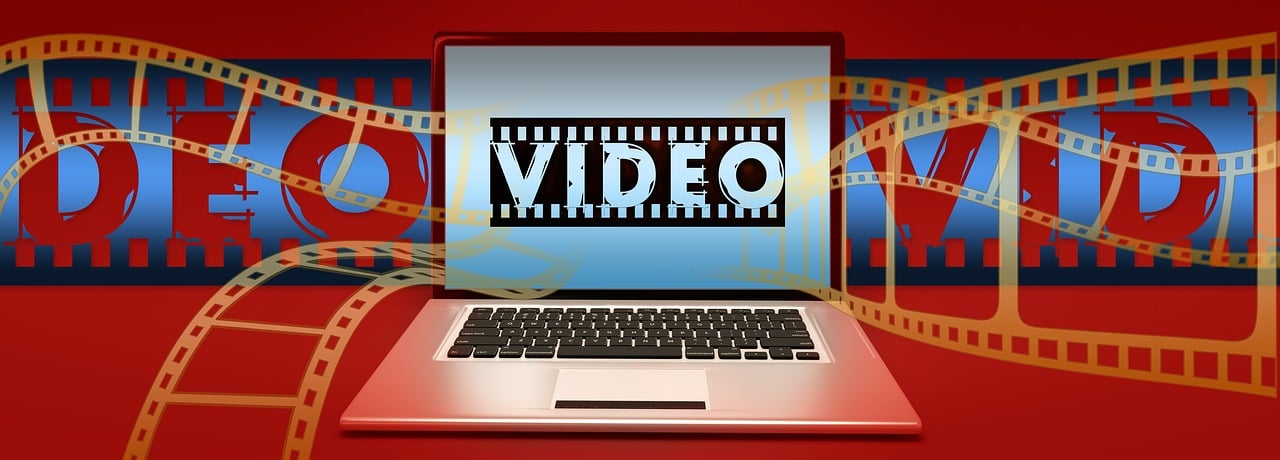
Sync royalties hold immense potential for musicians looking to diversify their income streams. With the right approach, artists can tap into these opportunities and significantly boost their earnings. This article explores how to unlock the potential of sync royalties for your music and provides practical advice for navigating the sync licensing landscape.
- Definition and Significance: Sync royalties, short for synchronization royalties, are payments made to musicians when their music is used in visual media. This includes TV shows, movies, commercials, video games, and online videos. These royalties are significant because they not only provide a substantial source of income but also offer increased exposure for artists.
- Types of Media:
- Television: Theme songs, background scores, and montage music.
- Movies: Soundtracks, background scores, and specific scene accompaniments.
- Commercials: Jingles, brand themes, and background music.
- Video Games: Background scores, theme music, and character-specific tunes.
- Online Videos: YouTube videos, web series, and promotional videos.
2. The Sync Licensing Process
- Step-by-Step Guide:
- Music Creation: Produce high-quality, versatile music that can fit various media contexts.
- Registration: Ensure your music is registered with a performance rights organization (PRO).
- Cataloging: Create a comprehensive catalog of your music, making it easily accessible for potential licensors.
- Submission: Submit your music to music supervisors, licensing agencies, and sync libraries.
- Negotiation: Engage in negotiations to finalize sync deals, ensuring fair compensation and proper usage terms.
- Contract Signing: Review and sign contracts that outline the terms of the sync deal, including royalty rates and usage rights.
- Usage and Payment: Once the music is used, monitor its usage and ensure timely royalty payments.
- Key Players:
- Music Supervisors: Professionals who select and license music for visual media.
- Sync Agents: Representatives who promote and negotiate sync deals on behalf of artists.
- Licensing Agencies: Companies that facilitate the licensing process between artists and media producers.
3. Creating Music for Sync
- Attractive Qualities:
- Versatility: Create music that can fit various moods, themes, and genres.
- Quality Production: Ensure high production standards with clear, professional sound.
- Instrumentals: Instrumental versions of your tracks can be highly desirable for background scores.
- Lyric Clarity: If your music includes lyrics, ensure they are clear and contextually appropriate for various media.
- Tips:
- Study Trends: Analyze current trends in media to understand what types of music are in demand.
- Stay Authentic: While versatility is key, maintaining your unique style and authenticity can make your music stand out.
- Collaborate: Work with other musicians, producers, and composers to expand your music catalog and diversify your offerings.
4. Building Industry Relationships
- Connecting with Key Players:
- Networking Events: Attend music industry conferences, sync summits, and networking events to meet music supervisors and sync agents.
- Online Presence: Maintain a strong online presence through social media, a professional website, and music platforms.
- Direct Outreach: Reach out directly to music supervisors and sync agents with a well-crafted pitch and a sample of your music.
- Join Organizations: Become a member of organizations like the Guild of Music Supervisors and other industry groups.
- Networking Strategies:
- Showcase Your Music: Regularly update your music catalog and share it with potential licensors.
- Follow Up: Keep in touch with industry contacts and follow up on previous communications.
- Be Professional: Maintain professionalism in all interactions, being respectful of their time and expertise.
5. Negotiating Sync Deals
- Best Practices:
- Understand Your Worth: Know the value of your music and don’t undersell yourself.
- Be Clear: Clearly outline the terms of usage, including duration, territories, and media types.
- Seek Fair Compensation: Ensure the royalty rates are fair and reflective of industry standards.
- Get Legal Advice: Consult with a music attorney to review contracts and protect your rights.
- Key Terms and Conditions:
- Duration: Length of time the music will be used.
- Territory: Geographical regions where the music will be utilized.
- Exclusivity: Whether the music can be licensed to other media simultaneously.
- Payment Terms: Details of upfront payments and ongoing royalty rates.
6. Staying Ahead of Industry Trends
- Emerging Trends:
- Digital Media: Increasing use of music in online videos, streaming services, and web series.
- Globalization: Growing demand for diverse music styles across international markets.
- Interactive Media: Expansion of sync opportunities in virtual reality and augmented reality platforms.
- Adapting Your Approach:
- Continuous Learning: Stay informed about industry developments through webinars, courses, and industry publications.
- Experimentation: Be open to experimenting with new genres and styles to meet evolving media needs.
- Feedback Loop: Regularly seek feedback from industry professionals to improve your music and approach.
Conclusion: Unlocking the potential of sync royalties requires a strategic approach and an understanding of the industry. By creating versatile, high-quality music, building strong industry relationships, and staying informed about trends, musicians can significantly enhance their chances of securing sync deals and earning substantial royalties.








[…] post Unlocking the Potential of Sync Royalties for Your Music appeared first on ezine […]